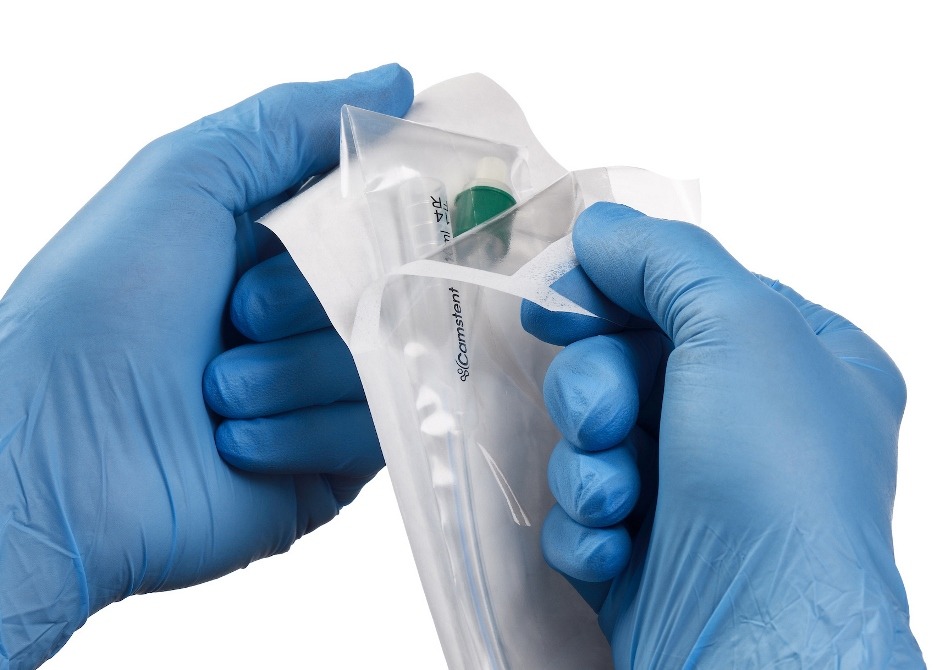
The study involved 10 Camstent coated catheters and 12 uncoated silicone catheters, which showed clear reduction in biofilm formation and biomineralisation on the Camstent polymer coated catheters compared with uncoated catheters.
Further comparisons in the future, with larger number of catheters and more detailed microbiological investigations is required to support the study.
Nonetheless, the results are encouraging in the battle against hospital acquired infections (HIA), of which catheter-associated urinary tract infections are one of the major causes, accounting for 38% of all cases.
It is estimated that HAI costs the NHS £1bn annually and leads to longer stays in hospital for patients and seriously endangers the health and lives of patients.
The 22 coated and uncoated samples were obtained from patients catheterised for bladder management after urethral reconstructive surgery, were allocated non-randomly.
Once removed they were analyzed by scientists at Centre for Biomolecular Sciences & School of Life Sciences, and the School of Pharmacy at the University of Nottingham.
Results from the pilot study are being presented from UCLH NHS Foundation Trust in a poster titled ‘A new bacterial resistant polymer catheter coating to reduce catheter associated urinary tract infection (CAUTI): A first-in-man pilot study’, at the 34th Annual European Association of Urology Congress in Barcelona and the International Meeting on Reconstructive Urology, Hamburg.
In 2012, in the University of Nottingham, the polymers used in coating with bacteria-phobic properties were discovered. And, they have been developed since then by Camstent into a smooth coating for silicone or silicone-based medical devices.
The coating is claimed to be different from other coatings, where tend to kill bacteria. But, it deters bacteria from attaching to the catheter at all. This approach has now been demonstrated to reduce the formation of biofilm, which could lead to infections.
Camstent founder and chief technology officer Dave Hampton said: “While our catheter was approved for use in patients last year for its silky-smooth texture, this is the first time we have confirmed evidence that our coating acts equally well in preventing biofilm attachment in humans.
“These initial results are being corroborated by over 60 cases as we expand the number of settings taking part in trials. We are looking to grow the body of evidence to support these initial results and welcome anyone interested in conducting trials to contact us.”






